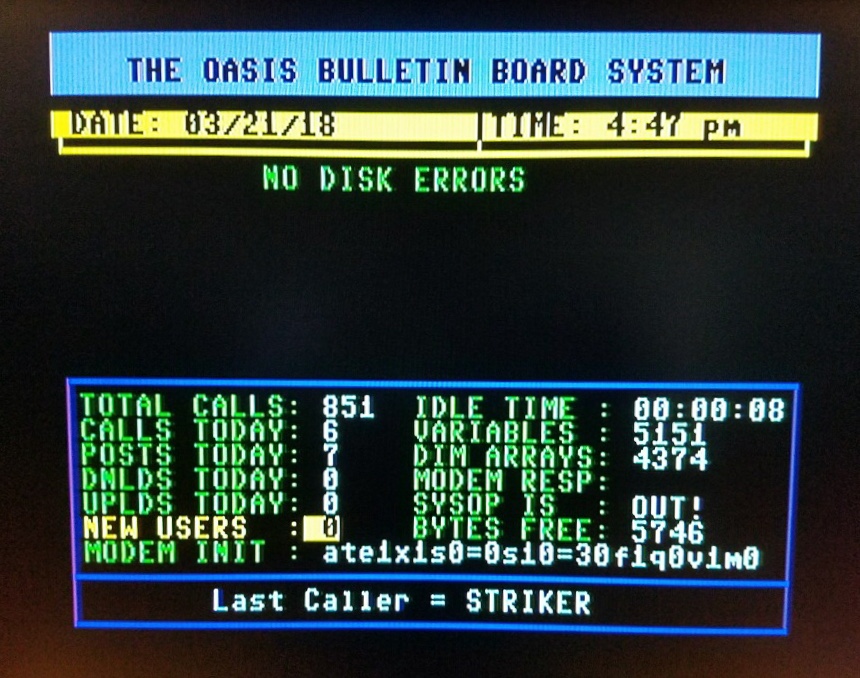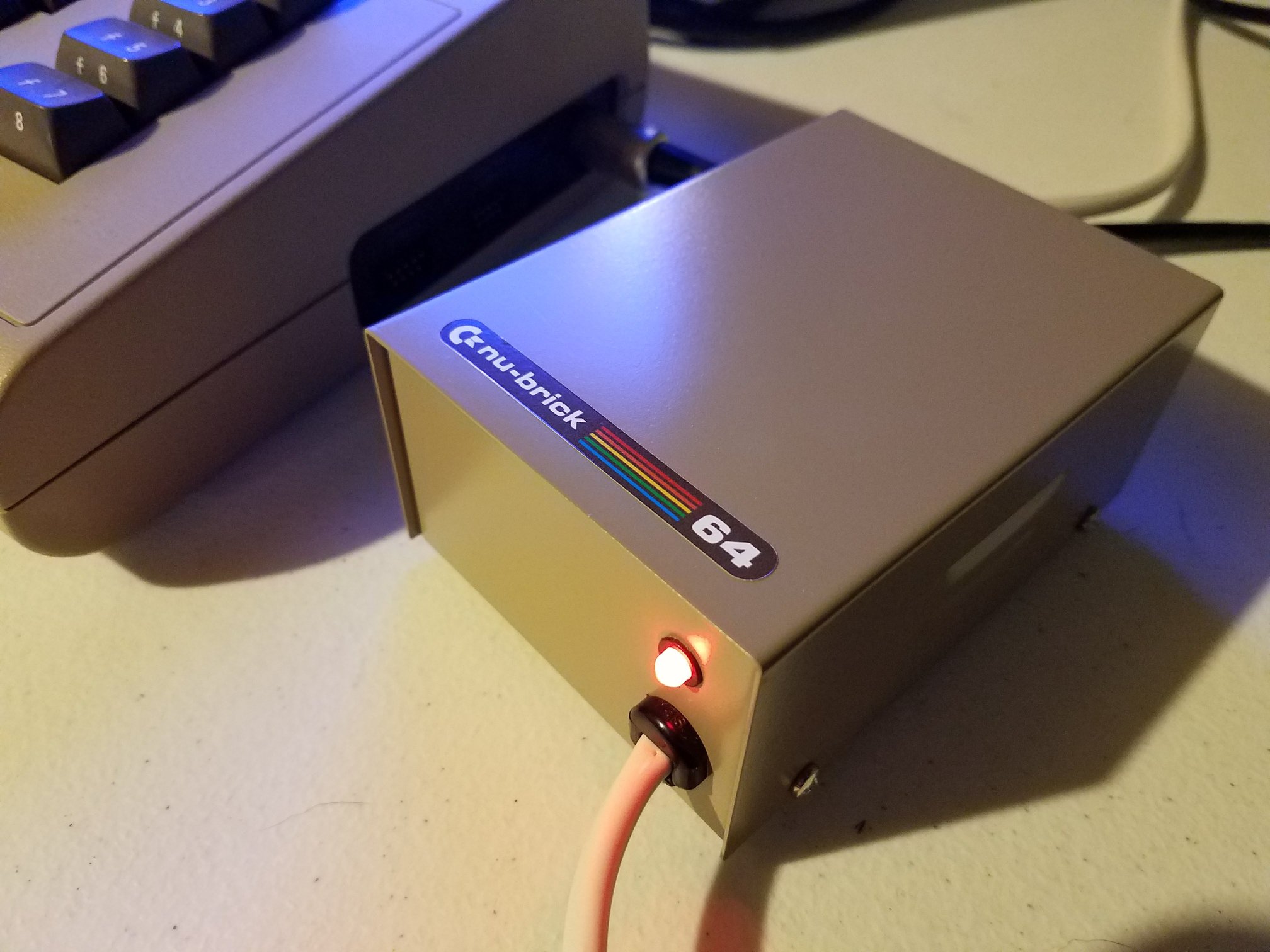The MEGA65 is an ambitious attempt to bring to life what the never-released Commodore 65 could have been—while simultaneously pushing the boundaries to create a new, modern 8-bit machine. But as with any bold endeavor, not everyone is sold on the approach. Recently, The 8-Bit Theory took a deep dive into both the system’s potential and the criticisms surrounding it, uncovering details that challenge some of the skepticism.
Compatibility Concerns: How Well Does It Handle C64 Software?
One of the biggest criticisms of the MEGA65 revolves around its Go64 mode—essentially its version of the Commodore 128’s C64 mode, aimed at ensuring backward compatibility. While it doesn’t perfectly replicate a real C64, it performs well enough that most software runs smoothly. That said, some larger games may require adapted versions for SD2IEC or d81 formats, stripping out elements that might cause compatibility hiccups.
Understanding why Go64 mode isn’t a flawless C64 substitute requires looking at how it differs from the C128’s C64 mode. The C128 was built with hardware that closely mirrored the original C64, including a PLA chip to handle memory switching and an MMU to manage extra RAM. When switched to C64 mode, the MMU was largely disabled, making it behave almost identically to a real C64.
The MEGA65, however, takes a more flexible approach. Instead of hardwired replication, it loads C64 ROMs and maps them dynamically, allowing users to jump between MEGA65 mode and C64 mode without a full system reset. The VIC-IV graphics chip can also be configured to mimic the original VIC-II, giving developers control over hardware behavior.
For those who demand absolute C64 accuracy, the MEGA65 does offer an alternative: users can load a dedicated C64 core that fully emulates the original system. However, this bypasses the enhancements that make the MEGA65 a unique platform in its own right.
Is It Too Powerful to Be an 8-Bit Machine?
Another common criticism is that the MEGA65 is too powerful for an 8-bit system. It runs on a 4502 processor—a close cousin of the 6502, but clocking in at a blistering 40.5 MHz. That’s far beyond the speed of traditional 8-bit computers, leading some to argue that it strays too far from its roots, resembling an Amiga or DOS PC more than a classic Commodore system.
However, this argument overlooks an important aspect: choice. Developers can set their projects to run within traditional constraints, limiting the clock speed to 1 MHz, 2 MHz, or 3.5 MHz for a more authentic experience. This means software can stay true to C64 or C128 limitations, while still having the option to tap into the MEGA65’s expanded capabilities when needed.
Taking the C65’s Vision Even Further
The MEGA65 isn’t just about backward compatibility—it’s also an evolution of what the Commodore 65 aimed to be. The system features multiple I/O personalities, allowing it to operate in C65 mode or two distinct MEGA65 modes. One mode enhances networked functionality, while the other unlocks the full power of the VIC-IV graphics chip.
Even when limited to VIC-II and VIC-III compatibility, the VIC-IV provides developers with additional graphical features, such as:
✔ 8-bit color support
✔ Bitplane graphics
✔ Expanded sprite capabilities
This allows for visual improvements while still keeping things C64-adjacent.
Memory handling is another area where the MEGA65 differs from its predecessors. While the C65 was originally designed to support 1MB of RAM, the MEGA65 includes 384KB within the first megabyte, plus an additional 8MB of attic RAM accessible via DMA operations. This effectively works like a built-in RAM Expansion Unit (REU), enabling high-speed data transfers similar to the C64/C128 REU.
The Development Experience: Room for Growth
One of the biggest challenges right now? Software development and documentation. Some developers have expressed frustration over the evolving nature of the MEGA65’s resources. However, the MEGA65 Compendium offers extensive technical documentation, and the community on Discord has proven to be a valuable support hub for those looking for quick answers.
For BASIC programmers, the learning curve is relatively gentle—BASIC 65 is closely related to BASIC 7 from the C128, making it familiar to experienced Commodore users. Meanwhile, assembly programmers will appreciate the 4502 CPU’s expanded instruction set, which includes new addressing modes designed to make handling larger memory spaces more efficient.
Final Thoughts: A Modern 8-Bit Platform with a Retro Heart
The MEGA65 isn’t trying to be a perfect replacement for any existing Commodore machine—and that’s the point. It respects the legacy of the C65 while introducing modern enhancements that developers can use as much or as little as they want.
Yes, concerns about compatibility and ongoing development are valid, but the progress made so far is undeniably impressive. And thanks to its open design philosophy, the system will continue to evolve with community input.
For retro computing enthusiasts looking for a new 8-bit platform with deep Commodore roots, the MEGA65 is shaping up to be an exciting—and highly customizable—alternative.







